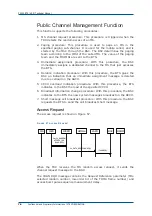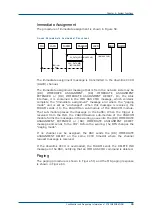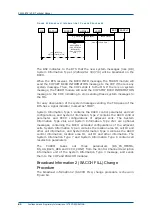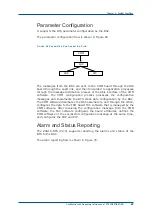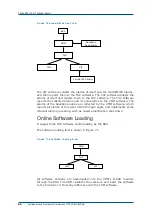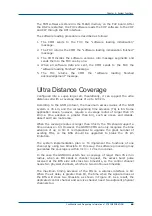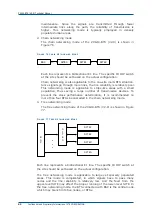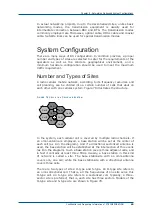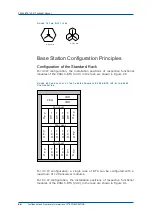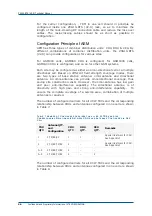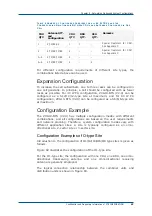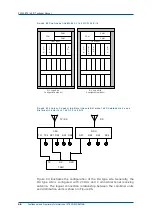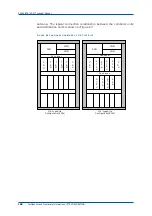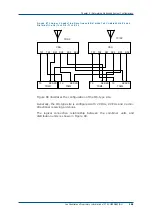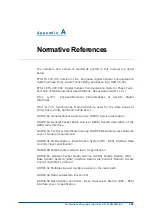
ZXG10-BTS (V2.9) Technical Manual
92
Confidential and Proprietary Information of ZTE CORPORATION
maintenance. Since the signals are transmitted through fewer
intermediate links along the path, the reliability of transmission is
higher. This networking mode is typically employed in densely
populated urban areas.
2. Chain networking mode
The chain networking mode of the ZXG10-BTS (V2.9) is shown in
Figure 76.
F
I G U R E
7 6
C
H A I N
N
E T W O R K I N G
M
O D E
SITE0
BSC
SITE1
SITE2
Each line represents a bidirectional E1 line. The specific ID DIP switch
at the site should be set based on the actual configuration.
Chain networking is also applicable to the one-site multi-BTS situation.
Since signals go through more links, the line reliability is relatively poor.
This networking mode is applicable to stripe-like areas with a small
population, thus saving a large number of transmission devices. To
prevent the clock performance deterioration, it is recommended no
more than four BTSs be cascaded in the chain networking mode.
3. Tree networking mode
The tree networking mode of the ZXG10-BTS (V2.9) is shown in Figure
77.
F
I G U R E
7 7
T
R E E
N
E T W O R K I N G
M
O D E
SITE3
SITE1
SITE2
S
I
T
E
0
SITEn
B
S
C
.
.
.
Each line represents a bidirectional E1 line. The specific ID DIP switch at
the site should be set based on the actual configuration.
The tree networking mode is applicable to large yet sparsely populated
areas. This mode is complicated, in which signals have to pass many
nodes and the line reliability is relatively low. And the fault from the
upper-level SITE may affect the proper running of the lower-level SITE. In
the tree networking mode, the BTS connected with BSC is the central node,
which may branch into five nodes, or BTSs.
Summary of Contents for ZXG10-BTS
Page 4: ...This page is intentionally blank ...
Page 8: ...Figures 121 Tables 123 ...
Page 9: ...This page is intentionally blank ...
Page 10: ......

